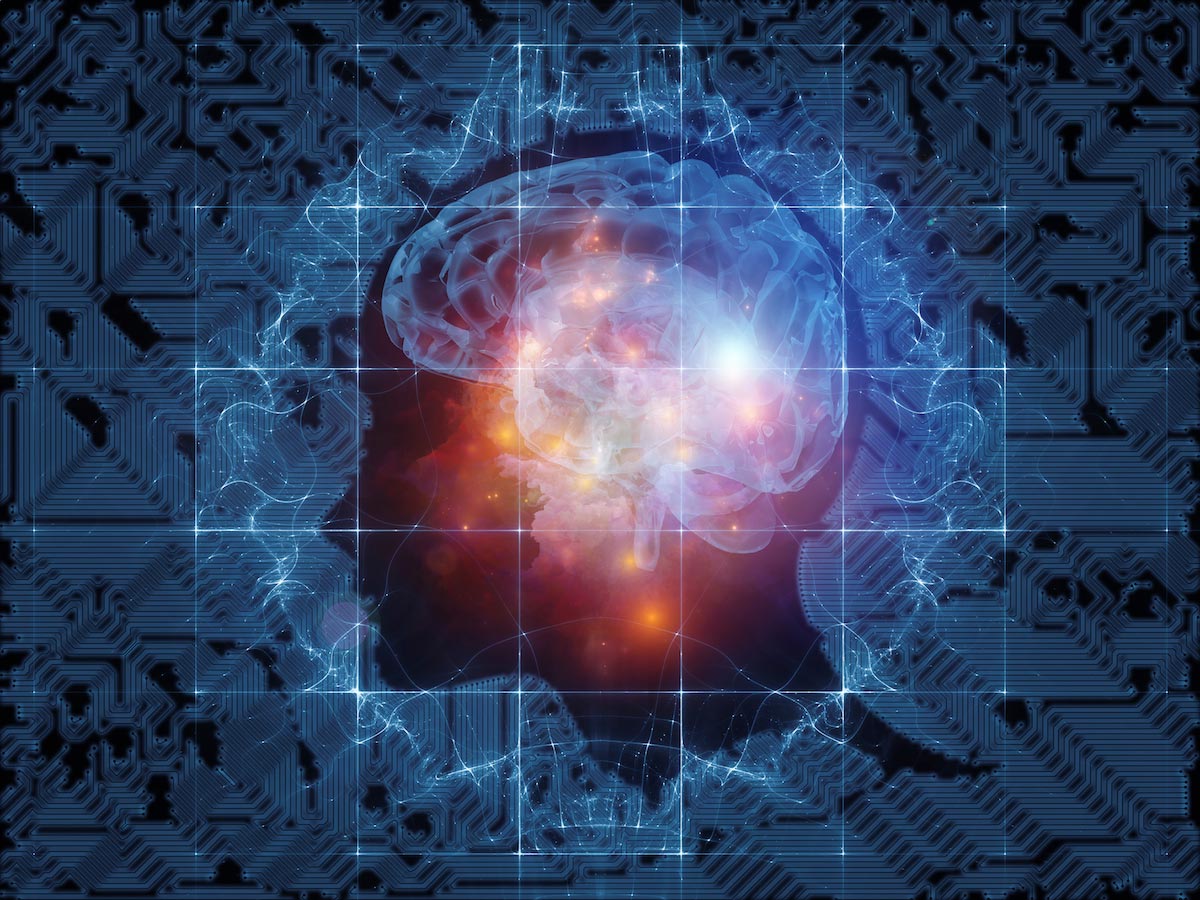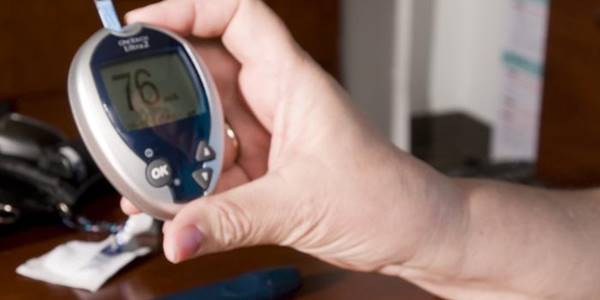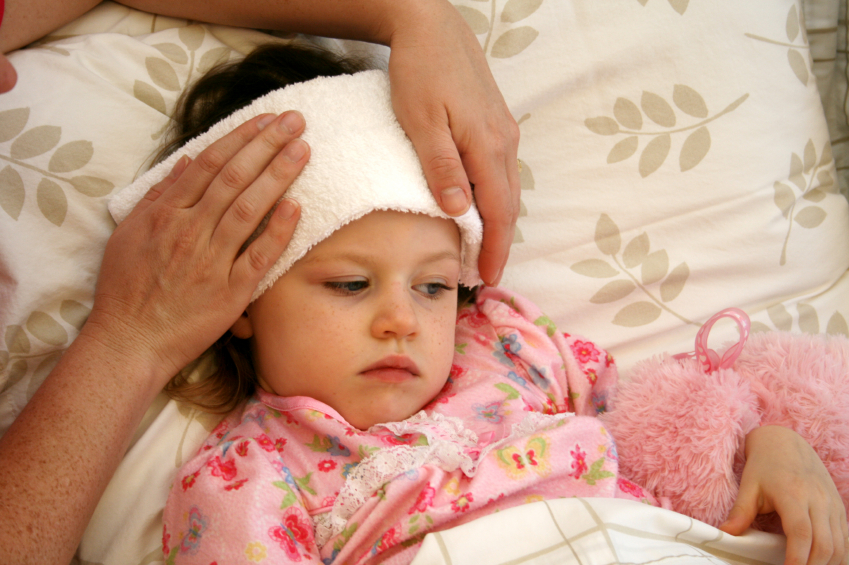Physical exercise for mental health: New research concludes that children’s memory, attention, ability to learn improves after engaging in physical activity
02/20/2019 / By Jhoanna Robinson

A study conducted by the University of Stirling and University of Edinburgh discovered that children gain better test responses after physical activity that was set at their own pace, as opposed to exhaustive exercise.
The study was jointly spearheaded by Dr. Colin Moran and Dr. Naomi Brooks, both of Stirling’s Faculty of Health Sciences and Sport, and Dr. Josie Booth of Edinburgh’s Moray House School of Education.
“Anecdotal evidence suggests that short breaks involving physical activity can boost concentration and happiness in pupils. While this is positive, the evidence is not conclusive and this is what we asked the children to help investigate. Ultimately, we found out that 15 minutes of self-paced exercise can significantly improve a child’s mood, attention, and memory – enhancing their ability to learn,” Brooks said.
Around 11,613 children in the U.K. participated in the study – including 1,536 from Scotland – and they were asked how happy and alert they were feeling before performing attention and memory tasks on a computer. They completed the tasks both before and after undertook each of three outdoor activities of different magnitudes:
- A bleep test – the most intense activity, wherein the children rain in time with bleeps, which kept on becoming quicker, until the children got tired.
- A run/walk activity – of intermediate intensity, this activity required the children to run or walk at a speed of their own choice for 15 minutes.
- A control activity – this was the least intense activity. The children were asked to go outside the classroom and sit or stand for 15 minutes.
The study showed that the students were more awake after taking a break and exercising for a short time. The children also reported feeling better after doing the run/walk but said they still felt tired after completing the bleep test.
“Overall, our study concluded that exercising leads to improvements in children’s mood and cognition. In most tasks, participating in a run/walk activity was more beneficial than doing the bleep test, where children should be closer to exhaustion. However, in most cases, doing the bleep test was no different from completing the control activity,” Moran said.
For her part, Booth added, “This suggests that children should be encouraged to exercise at their own pace during short breaks from class. This may help children be more ready to learn when they return to the classroom. However, they should not be discouraged from doing more vigorous exercise as in most cases the effect of the bleep test was no different from the control activity.
Importantly, this exercise should be in addition to normal physical education and also at a time when the class teacher thinks the class would benefit the most from a break.” (Related: Physical exercise improves the memory in both children and adults.)
ADHD in children and exercise
Research shows that single bouts of moderate-intensity aerobic exercise can benefit children with attention deficit hyperactivity disorder (ADHD). In a study titled “Exercise improves behavioral, neurocognitive, and scholastic performance in children with attention deficit hyperactivity disorder,” 20 children with ADHD between the ages of 8 and 10 years did a 20-minute session of either aerobic exercise or seated reading on a motor-driven treadmill.
Results showed that children with ADHD obtained greater response accuracy on attention control tasks after a single bout of exercise rather than after a seated reading session.
For more stories regarding activities that can enhance the power of the mind, visit Mind.news.
Sources include:
Tagged Under: adhd, aerobic exercise, child development, children's health, cognition, cognitive health, exercise, fitness, learning, memory, mental health, mind body science, mood, physical activity, slender



















